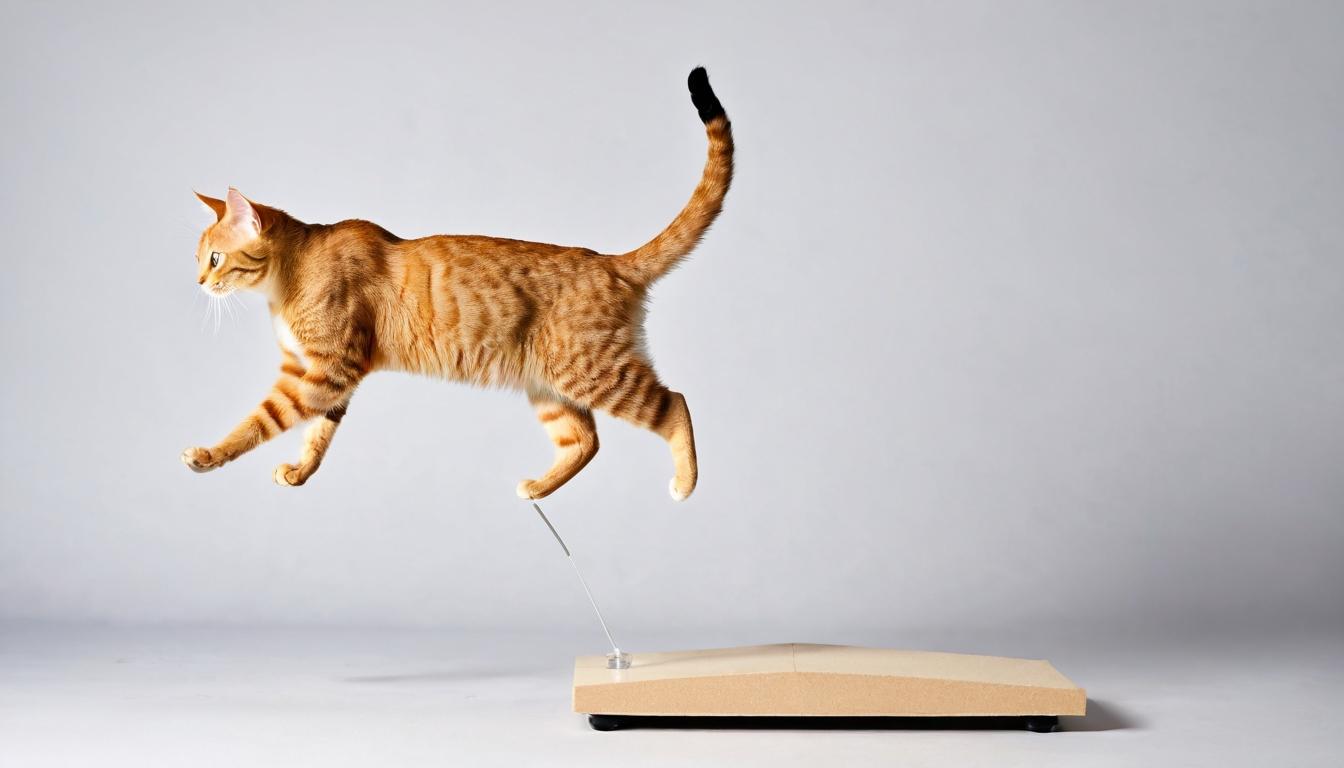It's one of those facts we've all accepted without question: cats always land on their feet. But the physics behind this feline superpower is more fascinating than you might imagine. The phenomenon, known as the 'cat righting reflex,' begins developing when kittens are just three weeks old and becomes fully refined by seven weeks. This isn't just about agility—it's a masterpiece of biomechanical engineering that has puzzled scientists for centuries.
When a cat falls, its extraordinary flexibility allows it to twist its body in mid-air using a principle called conservation of angular momentum. The cat arches its back, pulling its front legs in while extending its back legs, creating two separate rotational axes. This creates a counter-rotation effect—essentially, the front and back halves of the body rotate in opposite directions, allowing the cat to reorient itself without violating physics laws.
Research from the 1960s using high-speed photography revealed that cats don't actually need to push off anything to initiate this rotation. They simply bend at the waist and use the inertia of their own body parts. The entire process happens astonishingly fast—a cat can complete a full 180-degree rotation in about 1/8th of a second when falling from just one foot high.
But here's the twist: the 'always' in 'always land on their feet' isn't entirely accurate. While cats have an incredible success rate, factors like the height of the fall, the cat's age, and whether it has time to orient itself all affect the outcome. Surprisingly, studies have shown that cats falling from medium heights (2-6 stories) actually suffer more injuries than those falling from greater heights. This counterintuitive finding, known as 'high-rise syndrome,' occurs because cats reach terminal velocity after about five stories and actually relax their bodies, reducing impact injuries.
Modern veterinarians have documented cases of cats surviving falls from over 30 stories with only minor injuries. One famous case from New York involved a cat named Sugar who fell 32 stories and walked away with only a chipped tooth and minor lung bruising. This remarkable survival rate has inspired research into feline anatomy that could improve safety equipment for humans.
The cat's righting reflex isn't just about survival—it's also about precision. Cats can make micro-adjustments during descent to ensure they land exactly where intended. Their tail acts as a counterbalance and rudder, while their flexible spine allows for mid-air corrections that would be impossible for most mammals. This combination of physics, anatomy, and instinct creates one of nature's most perfect landing systems.
Interestingly, the cat righting reflex has historical significance beyond feline survival. In the late 19th century, physicist Étienne-Jules Marey's photographic studies of falling cats actually contributed to early understanding of rotational dynamics in physics. His sequential photographs, taken in 1894, were among the first scientific documentations of the phenomenon and helped settle debates about whether cats violated physics laws.
Today, researchers continue to study feline falling techniques to improve robotics and develop better safety protocols for human falls. The way cats distribute impact force across their bodies has inspired new designs for protective gear and even influenced how emergency responders are trained to fall safely. So the next time you see a cat execute a perfect landing, remember—you're witnessing millions of years of evolutionary engineering in action.
The surprising science behind why cats always land on their feet

